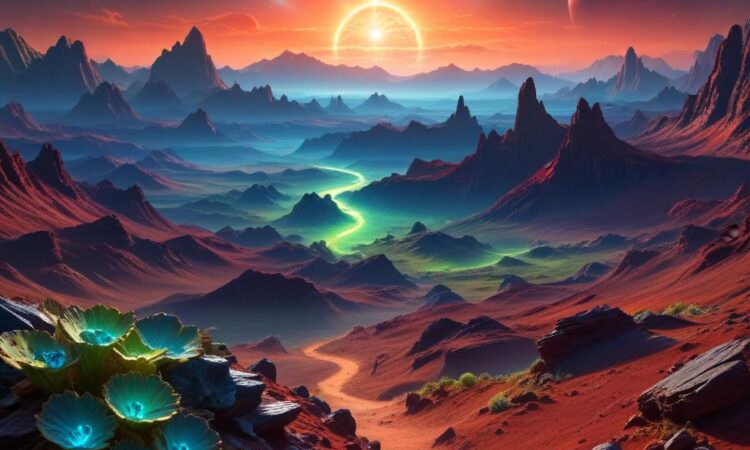Whoa, Dude! Exoplanet News That’ll Blow Your Mind!
Okay, so you’ve heard about exoplanets – planets orbiting stars other than our sun. But hold onto your hats, because recent findings are seriously mind-blowing. We’re talking potentially habitable planets, people! Planets that could, *could*, potentially harbor life. It’s not science fiction anymore, folks, it’s getting real.
Potentially Habitable Planets: The Real Deal?
Scientists have been using some seriously cool tech – think super-powerful telescopes and clever algorithms – to find these exoplanets. And what they’re finding is crazy. We’re talking planets within the “Goldilocks zone” of their stars – not too hot, not too cold, just right for liquid water. Liquid water, as we know, is pretty much essential for life as we know it. Now, I’m not saying there’s little green men chilling out on these planets (yet!), but the possibility is undeniably exciting.
One of the most interesting recent discoveries is a planet orbiting a red dwarf star. Red dwarfs are smaller and cooler than our sun, meaning their habitable zones are closer in. This makes it easier to detect planets orbiting them, and it also offers the potential for these planets to be tidally locked – always showing one face to the star. This could create some pretty wild weather patterns, but also potentially stable conditions in certain regions.
Another fascinating area of research is the study of exoplanet atmospheres. By analyzing the light that passes through an exoplanet’s atmosphere, scientists can determine its composition – looking for things like water vapor, methane, and oxygen. The presence of these gases could indicate the possibility of life, or at least the potential for habitable conditions.
Planetary Formation: Rewriting the Textbook
These discoveries aren’t just exciting because of the potential for life. They’re also fundamentally changing our understanding of how planets form. Some of these exoplanet systems are wildly different from our own solar system. We’re finding planets with wildly different masses, orbits, and compositions than anything we see in our neighborhood. This forces us to rethink our models of planetary formation and consider a much wider range of possibilities.
For example, we’re finding “hot Jupiters” – giant gas planets orbiting incredibly close to their stars. These planets shouldn’t exist according to our previous models. Their presence challenges our understanding of how gas giants migrate and interact with their star systems. It’s like discovering a whole new set of rules for building planets.
The Search for Extraterrestrial Life: Are We Alone?
This is the big question, isn’t it? Are we alone in the universe? These new discoveries in exoplanet research are making that question seem less and less like a philosophical debate and more like a scientific pursuit. The more we learn about exoplanets, the more we realize how common planets might be around other stars. And the more common planets are, the more likely it is that some of those planets might harbor life.
Of course, finding life – especially intelligent life – is a monumental task. But the fact that we’re even able to seriously consider the possibility is a testament to how far our scientific understanding has come. It’s a thrilling time to be alive, to witness these discoveries unfold and to ponder the implications for our place in the universe.
The search for extraterrestrial life is ongoing, and it’s a long shot, for sure. But the sheer scale of the universe suggests that we’re not alone. And the new discoveries in exoplanet research are giving us more reasons than ever to believe that we might one day find evidence to prove it.
So, keep your eyes on the skies (and the scientific journals!). The next big discovery in exoplanet research might just be around the corner. And who knows? It could change everything.

